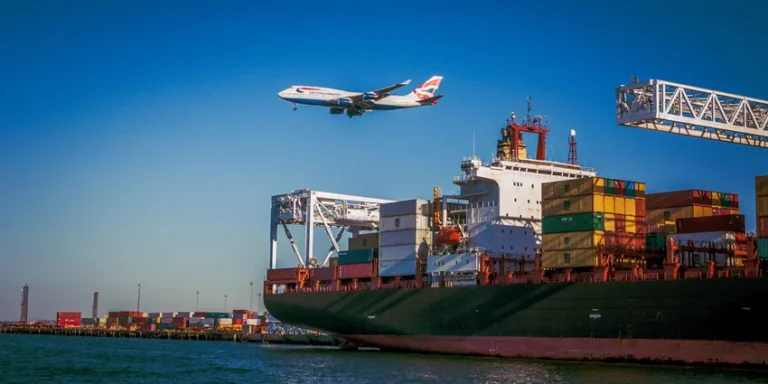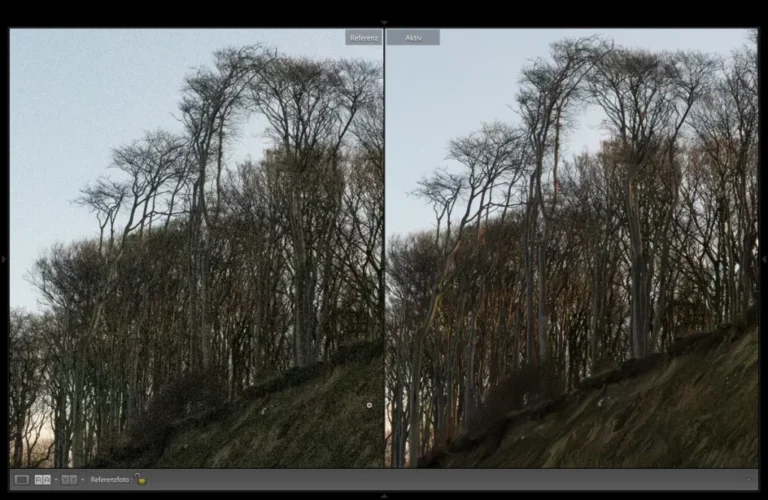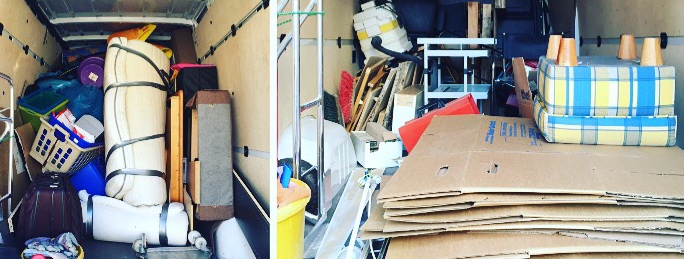
When it comes to the exhilarating world of Smash Kart racing, there’s more than just speed and skill at play. Behind every thrilling drift and turbo boost lies the intricate science of aerodynamics, shaping the dynamics of each kart and influencing the outcome of every race. Let’s delve into the fascinating realm of aerodynamics in smash kart acing, exploring how it impacts performance and strategy on the track.
Understanding Aerodynamics
Aerodynamics is the study of how air moves around objects, such as vehicles, and how it affects their motion. In the context of Smash Kart racing, aerodynamics play a crucial role in determining how karts maneuver through the air, maintain stability, and achieve optimal speed.
The Basics of Kart Aerodynamics
In Smash Kart racing, karts are designed with aerodynamic principles in mind to maximize performance. Each component of the kart, from the chassis to the bodywork, is carefully engineered to minimize drag and enhance downforce.
Minimizing Drag
Drag is the resistance that air exerts on a moving object, slowing it down. To minimize drag, Smash Kart designers streamline the shape of the kart, reducing protrusions and sharp edges that can create turbulence. Smooth, aerodynamic contours help karts slice through the air more efficiently, allowing them to achieve higher speeds.
Enhancing Downforce
Downforce is the aerodynamic force that pushes the kart towards the track, increasing traction and stability. This force is crucial for maintaining control during high-speed maneuvers and tight corners. To enhance downforce, karts are equipped with aerodynamic elements such as spoilers, wings, and diffusers. These features generate downward pressure, keeping the kart firmly planted on the track and improving overall grip.
The Role of Airflow
Airflow plays a vital role in aerodynamics, influencing how air interacts with the kart as it moves. Smooth airflow around the kart is essential for reducing drag and optimizing performance. Engineers use wind tunnel testing and computational fluid dynamics (CFD) simulations to fine-tune the kart’s aerodynamic profile, ensuring efficient airflow over every surface.
Dynamic Aerodynamics
Aerodynamics in Smash Kart racing are not static; they constantly change depending on factors such as speed, wind conditions, and kart configuration. During a race, karts experience varying levels of aerodynamic forces as they accelerate, brake, and navigate different sections of the track. Skilled drivers must adapt their driving style and strategy to harness the full potential of their kart’s aerodynamics.
Advanced Techniques
In addition to understanding the fundamentals of aerodynamics, top Smash Kart racers employ advanced techniques to gain an edge on the competition. Mastering the art of drafting, where a racer closely follows behind another kart to reduce air resistance, can provide a significant speed boost. Additionally, executing precise drifts and cornering techniques maximizes downforce and minimizes lap times.
Conclusion
Aerodynamics are the unseen force driving the excitement and intensity of Smash Kart racing. From sleek, aerodynamic designs to the dynamic interplay of airflow on the track, every aspect of aerodynamics contributes to the thrill of high-speed competition. By harnessing the principles of aerodynamics and mastering advanced techniques, racers can soar to victory in the fast-paced world of Smash Kart racing.
Keywords: smash kart, aerodynamics, racing, karting, speed, downforce, drag, airflow, competition, strategy, techniques, performance.





